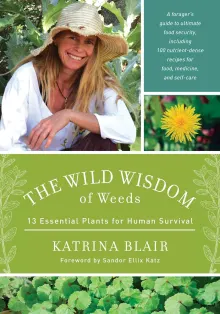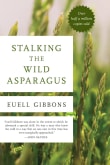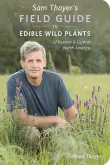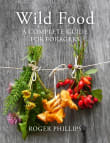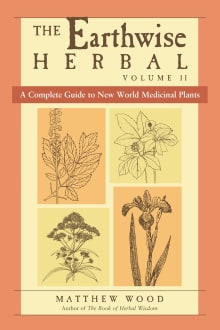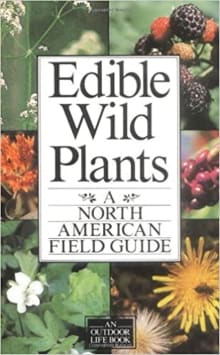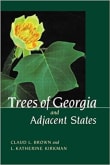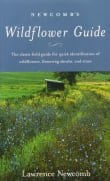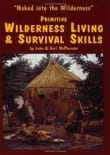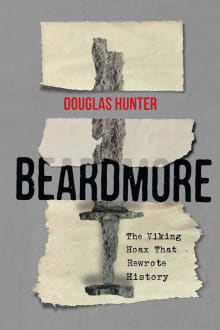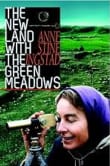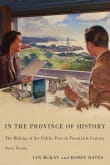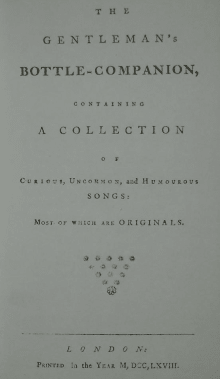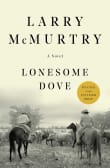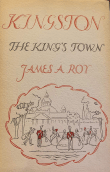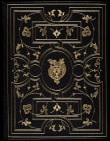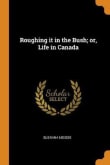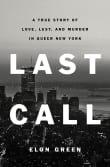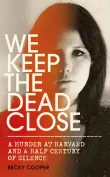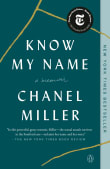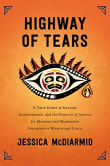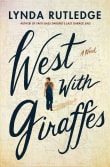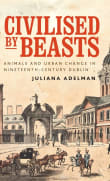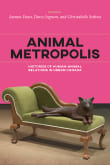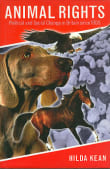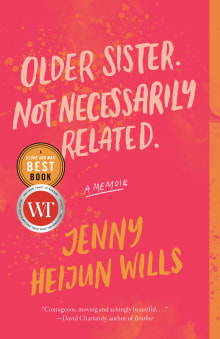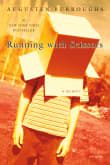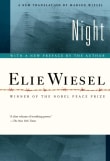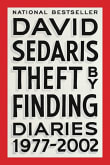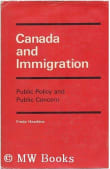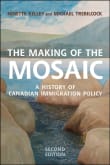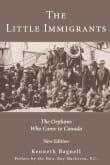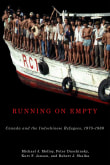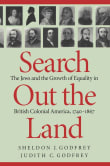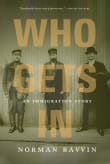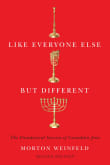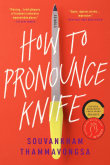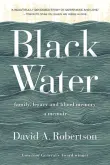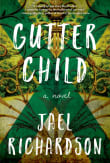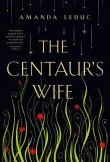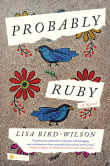Why are we passionate about this?
As writers, we believe that if you have something wonderful to say it needs a beautiful book to say it in. In writing six books together, in the area of herbal medicine and foraging, we have been lucky to find publishers who share our beliefs. How it works is that Julie is our qualified herbalist and a photographer, layout, and typesetting specialist, while Matthew is a professional editor, writer, and compulsive compiler of bibliographies and indexes. Our USP is that we insist each plant deserves a recipe or two, and that we feature many forgotten wild plants from the old herbals that we love to bring back to life.
Matthew's book list on practical herbalism and foraging

Why did Matthew love this book?
We value this book because it is alone in giving equal weight to the foraging (for eating) and medicinal values (for health) of thirteen super-abundant survival plants.
We love its breezy but informed tone, its original recipes, and its underlying serious ecological purpose. What we found somewhat irritating was the twee little verses that introduce each plant: these are groan-worthy! But that’s the only and slight criticism, and we love to follow Katrina for fun and very well-informed foraging!
1 author picked The Wild Wisdom of Weeds as one of their favorite books, and they share why you should read it.
The Wild Wisdom of Weeds is the only book on foraging and edible weeds to focus on the thirteen weeds found all over the world, each of which represents a complete food source and extensive medical pharmacy and first-aid kit. More than just a field guide to wild edibles, it is a global plan for human survival.
When Katrina Blair was eleven she had a life-changing experience where wild plants spoke to her, beckoning her to become a champion of their cause. Since then she has spent months on end taking walkabouts in the wild, eating nothing but what she…
